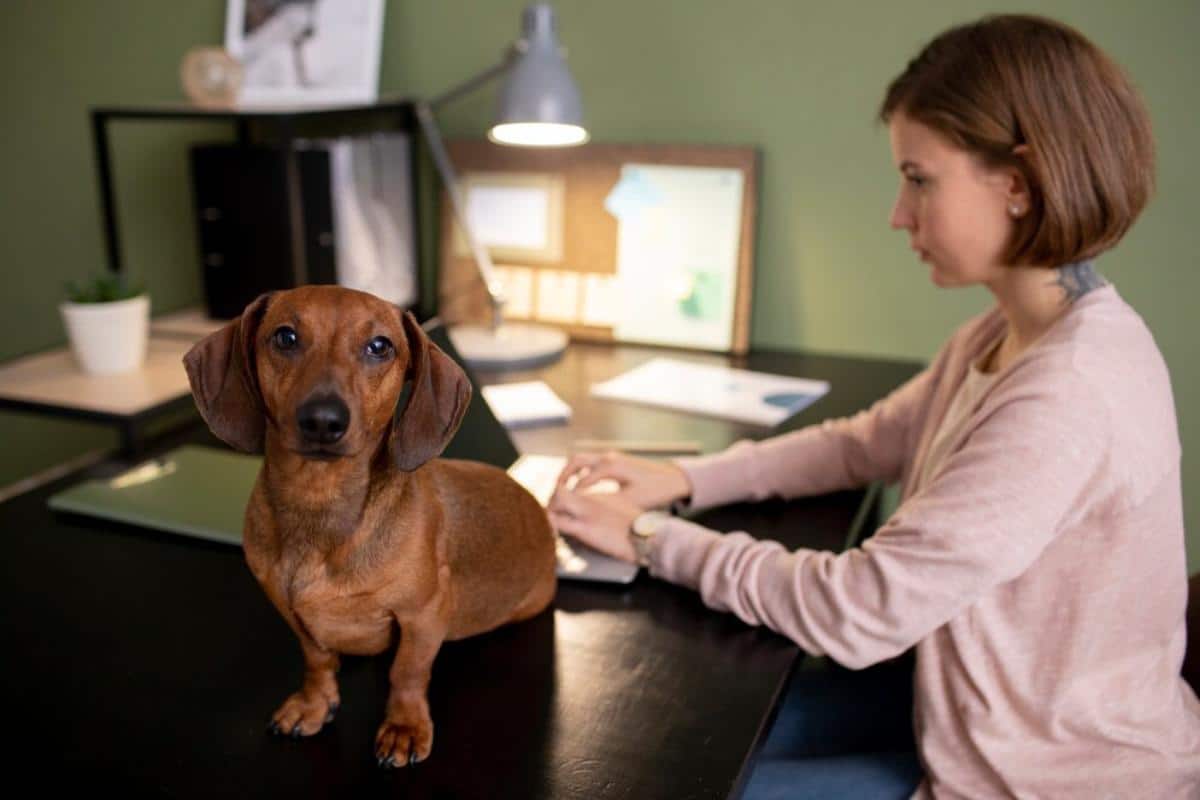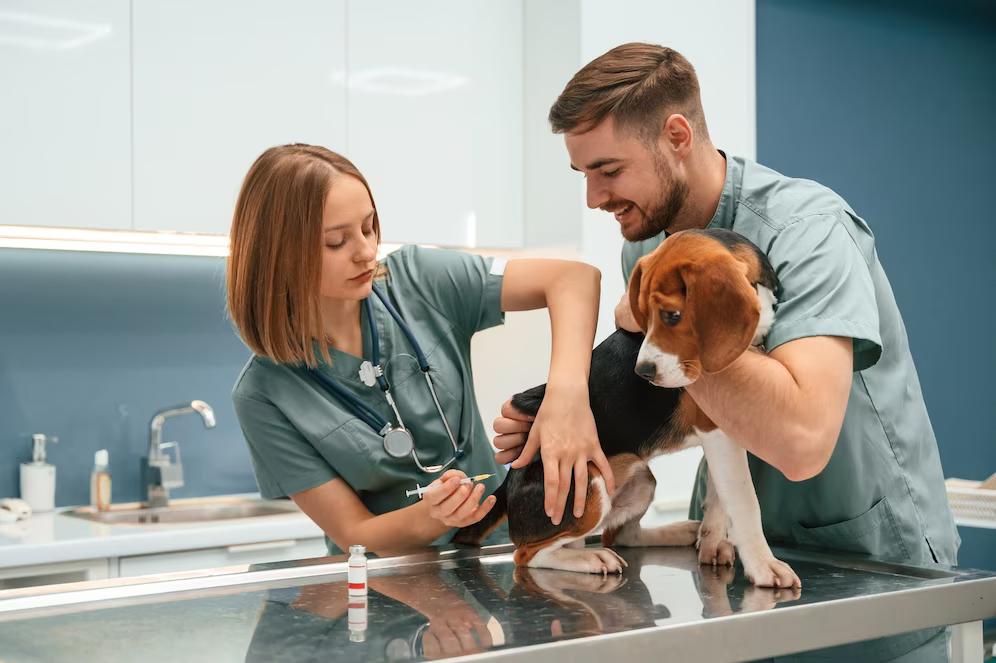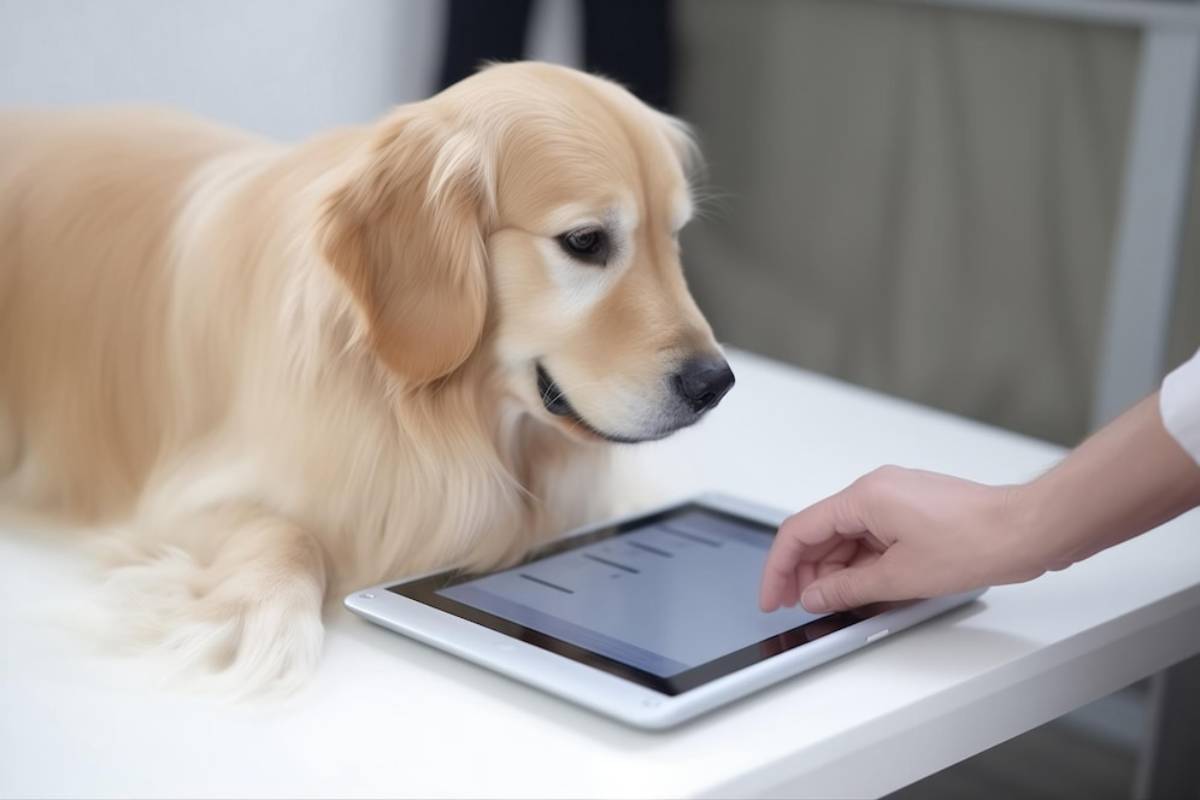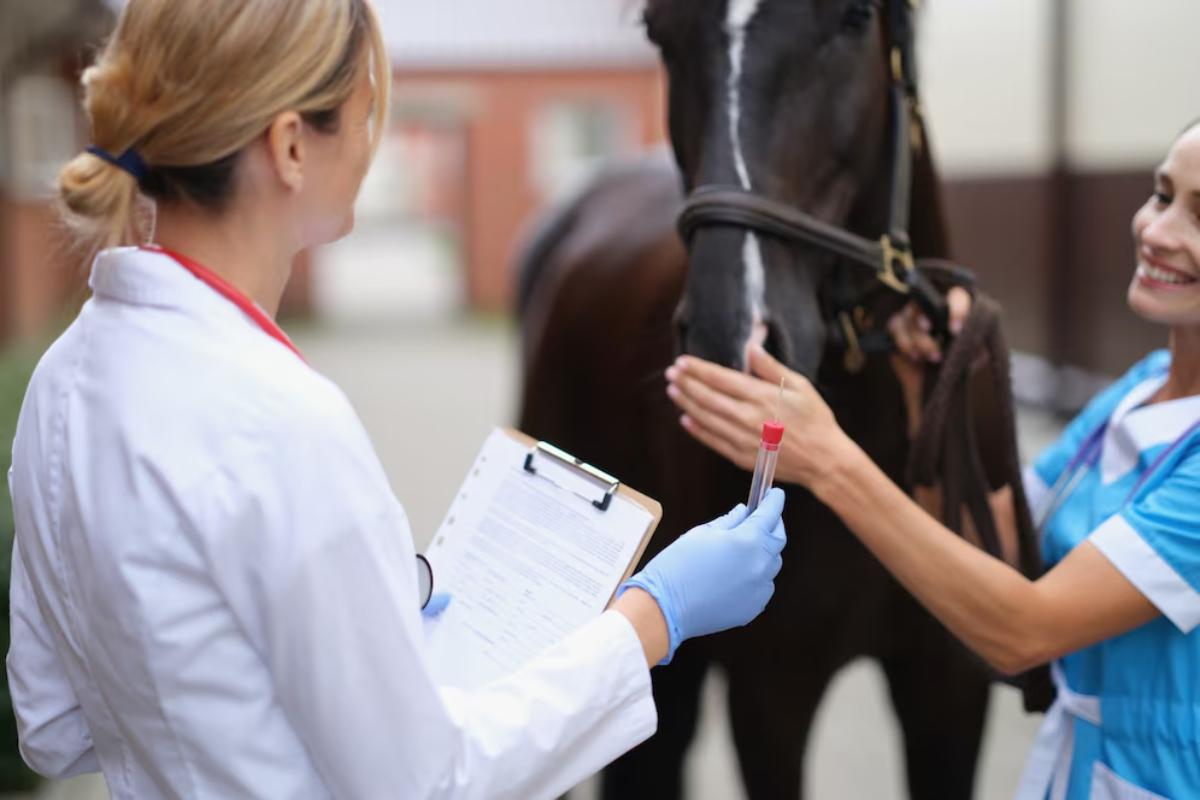
The History and Evolution of Pet Insurance
When we think about protecting the ones we love, insurance is often part of the picture. Health, home, car—it’s all covered. But what about the furry, feathery, or scaly members of the family? Pet insurance, while common today, is a relatively modern invention. Its roots are quite humble. Its journey shows a bigger change in how we see our animal friends.
In this blog, we’ll explore the history of pet insurance. We’ll start from its humble beginnings and look at how it has grown into a huge global market today. You’ll learn how this niche product changed over time. You’ll see what led to its development and why pet insurance growth is a trend to watch.
This guide is for curious pet owners and those looking for a policy. It shares insights, history, and perspectives on modern pet care.
The Origins of Pet Insurance
A Scandinavian Start
The first pet insurance policy started in Sweden in 1890. It wasn’t for cats or dogs; it was for horses and livestock. Back then, animals were primarily seen as workers or producers, not companions.
It wasn’t until 1924 that Sweden issued its first insurance policy for a dog. This early policy set the stage for a thriving market.
Why Sweden?
Sweden has always been progressive when it comes to animal welfare. Its citizens have deep connections to animals, both in farming and in their feelings. This cultural view sparked the need for pet insurance.
Today, Sweden has one of the highest pet insurance rates globally. Over 70% of pets there are insured.
The UK Steps In: First Pet Insurance Policy for Pets

A Historic Policy in Britain
The United Kingdom holds a significant milestone in the history of pet insurance. In 1947, Veterinary Pet Insurance (VPI) issued the first British pet insurance policy, covering just one dog. This was a key moment. It started a change in how we view pets. They became family members, not just property.
The Lassie Connection
Did you know that one of the first pet insurance policies was for Lassie? This famous TV dog was insured in the 1980s. Pet insurance came later in the United States. Lassie became the poster pup for why insuring animals is beneficial.
The Slow But Steady Rise of Pet Insurance
Limited Awareness and Scepticism
In the second half of the 20th century, pet insurance was mostly a niche market. Many people didn’t know much about it, so many owners were unsure about paying for what felt like a luxury.
But as veterinary medicine advanced and treatment costs soared, attitudes began to shift.
Veterinary Care Gets More Sophisticated
In the 1990s, vet clinics started using new technologies, such as X-rays, MRIs, and chemotherapy. These tools improved care but also raised costs. Owners were no longer just dealing with the cost of vaccines or flea treatments. Surgeries, specialist referrals, and long-term medications were now common.
This change in care drove the growth of pet insurance. It went from being a novelty to a useful financial tool.
The 21st Century Boom: Pet Insurance Goes Mainstream
A Surge in Pet Ownership
Global pet ownership surged during the early 2000s. According to Statista data, over 57% of UK households now own a pet. This increase, along with a deeper emotional bond with pets, led to a surge in pet insurance.
Policies Become More Tailored
Insurers began offering more tailored coverage options:
- Lifetime policies for chronic conditions
- Multi-pet discounts
- Dental coverage, behavioural therapy, and even complementary treatments like acupuncture
This time marked the real growth and diversification of pet insurance as a popular financial product.
The COVID-19 Effect: Accelerating Demand
Pandemic Pets

The COVID-19 pandemic led to a sharp rise in pet adoptions. During lockdown, many people wanted companionship. This caused the “pandemic pet boom.” More pets meant more vet visits. It also sparked interest in financially protecting these animals.
The Association of British Insurers (ABI) says that in 2021, UK insurers paid more than £872 million for pet insurance claims. That’s the equivalent of £2.4 million per day.
Remote Vets and Digital Insurance
Now, signing up for pet insurance is easier. Vets are using telemedicine, and insurers are online. Some companies now provide digital claims processes and app-based policy management. This change shows trends in fintech and health tech.
Modern Pet Insurance: A Snapshot
What It Looks Like Today
Today’s pet insurance market is diverse, digital, and data-driven. Policies can be adjusted for breed, age, and pre-existing conditions. You can insure everything from a Labrador to a bearded dragon. The most common types of cover include:
- Lifetime cover
- Time-limited cover
- Maximum benefit policies
- Accident-only cover
Leading Providers in the UK
Some of the top players in the UK market include:
- Petplan
- Bought By Many (now ManyPets)
- Animal Friends
- Direct Line
- Agria
These companies provide many features. They have no upper age limits, and they also offer 24/7 vet helplines and rewards programs.
How Public Attitudes Have Evolved
Pets as Family
Perhaps the most profound shift has been the way we see our pets. They’re not just animals anymore. They’re companions and emotional support. Often, they are the heart of our homes. This change has fueled the growth of pet insurance. Now, it’s a smart choice, not just a luxury.
Social Media and Influencer Pets
It’s impossible to ignore the rise of pets with Instagram accounts. Pets are now cultural icons, from stylish French bulldogs to yoga-loving cats, which has increased their value. As a result, owners are more likely to invest in their health and well-being.
Future Trends in Pet Insurance
More Personalisation
We’re moving toward policies that are as unique as the pets they cover. Insurers are using AI and health data. This helps them tailor pricing and benefits more precisely.
- Breed-specific risk assessment
- Wearables that track pet health
- Subscription-style insurance with flexible benefits
Integration with Wellness Plans

Many providers are combining insurance with preventive care plans. This includes:
- Annual vaccinations
- Routine dental cleaning
- Nutritional support
This holistic approach mirrors trends in human healthcare and wellness.
Real-Life Story: Max the Mischievous Terrier
Let’s bring this closer to home with a quick anecdote. Max, a lively Jack Russell Terrier, once devoured a whole chocolate cake left on the kitchen counter. A rushed vet visit, overnight stay, and treatment totalled over £1,200.
Luckily, Max’s owner had a lifetime pet insurance policy. After a £90 excess, the insurance covered the rest. That incident covered almost two years of premiums and saved Max’s owner from a tough choice.
Stories like this are popping up more often. They show just how valuable insurance can be in urgent situations.
Final Thoughts: From Humble Beginnings to Household Essential
The history of pet insurance reflects a broader societal change. We’ve come a long way since the 1890s in Sweden. Back then, it was all about livestock cover. Now, in 2025, we have personalised, digital-first plans. What began as a practical fix for working animals now brings comfort to millions who see pets as family.
With better veterinary care and our increasing love for pets, pet insurance will matter more. The market is set for more innovation. We can expect AI-driven policies, real-time claims processing, and integrated health tracking.


